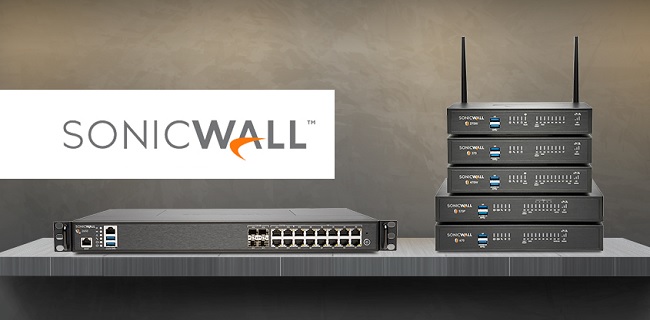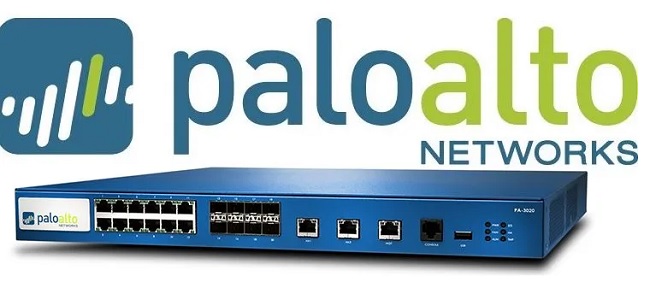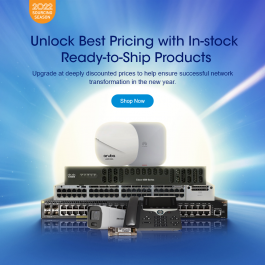
SonicWall NSA Vs Palo Alto Firewall, how to choose?
SonicWall and Palo Alto Networks’ next-generation firewalls (NGFWs) were both named among the top NGFW vendors. While both network firewall solutions have a lot to offer any business, there are some key differences between them. The following sections look at the important aspects of each product to help you decide which is best for you.
What are the features of the SonicWall NSA?
To detect and block threats, SonicWall Network Security Appliance (NSA) next-generation firewalls use the company’s multi-engine Capture Advanced Threat Protection (ATP) and Real-Time Deep Memory Inspection (RTDMI) technology, as well as the patented Reassembly-Free Deep Packet Inspection (RFDPI) engine. NGFWs from the firm are offered as both hardware and virtual appliances.
 Security and Performance: The SonicWall NSA 2650 was tested by NSS Labs and had a security effectiveness rating of 98.8%, which was within a percentage point of the leaders. At 1,028 Mbps, performance was on the low end of the tested appliances, but the comparison isn’t fair for an appliance that costs less than $2,000, to begin with. Before you get to the high-end SuperMassive series, there are five SonicWall NSA firewalls above this one.
Security and Performance: The SonicWall NSA 2650 was tested by NSS Labs and had a security effectiveness rating of 98.8%, which was within a percentage point of the leaders. At 1,028 Mbps, performance was on the low end of the tested appliances, but the comparison isn’t fair for an appliance that costs less than $2,000, to begin with. Before you get to the high-end SuperMassive series, there are five SonicWall NSA firewalls above this one.
Management: Ease of management is a strength for the target market, as you might imagine. One user suggested that reports be improved while appreciating the ease of management and execution.
What are the features of the Palo Alto Firewall?
Palo Alto Networks’ next-generation firewalls (NGFWs) scan all traffic, including apps, threats, and content, and link it to the user independent of location or device type. By classifying all traffic, defining the business use case, and assigning policies to secure access to relevant applications and prohibit risks, the goal is to manage apps, people, and content. The company’s NGFWs are offered as physical appliances as well as virtual appliances.
 Security and Performance: In recent tests, NSS Labs gave the PA-5220 a security effectiveness rating of 98.7%, which was the fourth-best among vendors evaluated (the top four were all within a percentage point of one another), while the device’s 7,888 Mbps performance was best among solutions tested.
Security and Performance: In recent tests, NSS Labs gave the PA-5220 a security effectiveness rating of 98.7%, which was the fourth-best among vendors evaluated (the top four were all within a percentage point of one another), while the device’s 7,888 Mbps performance was best among solutions tested.
Management: Although there is some complexity, people praise the product’s extensive functionality. Among its main assets are management features, application visibility, sandboxing, and small branch office choices.
SonicWall NSA vs. Palo Alto Firewall
Security: Both solutions function admirably in terms of security. SonicWall’s NSA 2650 achieved a 98.8 percent security effectiveness rating in NSS Labs’ most recent testing, whereas Palo Alto’s PA-5220 received a 98.7 percent security effectiveness rating — a little difference.
Performance: SonicWall’s NGFW was evaluated at 1,028 Mbps by NSS Labs, while the Palo Alto NGFW was scored at 7,888 Mbps.
Implementation and management: While the ease of maintenance is a fundamental asset of SonicWall, Palo Alto users feel the setup process requires a little more understanding than most. When managing several appliances, some Palo Alto users complain about the slowness of the Palo Alto interface.
Table Comparison: SonicWall Firewall vs. Palo Alto Firewall
| SonicWall | Palo Alto Networks | |
| Performance | Re-assembly Free Deep Packet Inspection (RFDPI) ensures minimal performance impact with near-zero latency | Limited scalability in performance, low latency |
| Scanning | Scans files of all sizes, SSL-encrypted files and a wide range of protocols | Real-time app traffic visualization, no wireless controller, lower app signature count |
| Management | Global Management System (GMS) in wide deployment | Real-time app traffic visualization, no wireless controller, lower app signature count |
| App Intelligence | Real-time app traffic visualization, wireless endpoint, growing database of app signatures | Real-time app traffic visualization, no wireless controller, lower app signature count |
| NetFlow/IPFix Reporting | Detailed output on applications, users and other data | Doesn’t support NetFlow/IPFix |
Conclusion
Users and analysts have given both solutions high marks. Though SonicWall’s cloud security is less developed than those of its top competitors, it is a suitable fit for budget-conscious buyers, and the firm can be hesitant to introduce feature updates and new functionality.
When features and performance are more important than pricing, Palo Alto is a superior fit. SonicWall’s total cost of ownership per protected Mbps was assessed at $4, making it one of the most cost-effective NGFWs, with Palo Alto coming in second at $7, an amazing amount for a solution with market-leading performance. NSS Labs gave both SonicWall and Palo Alto nearly similar security effectiveness scores of 98.8% for SonicWall and 98.7% for Palo Alto.
Explore More Firewalls Products:
Related Topics:
Cisco Firewalls vs. Huawei Firewalls
An SMB Network Solution with Cisco Firewalls
Cisco ASA Firewall Vs Palo Alto Firewall! (Table Comparison)
Next-Generation Firewall in the Enterprise



